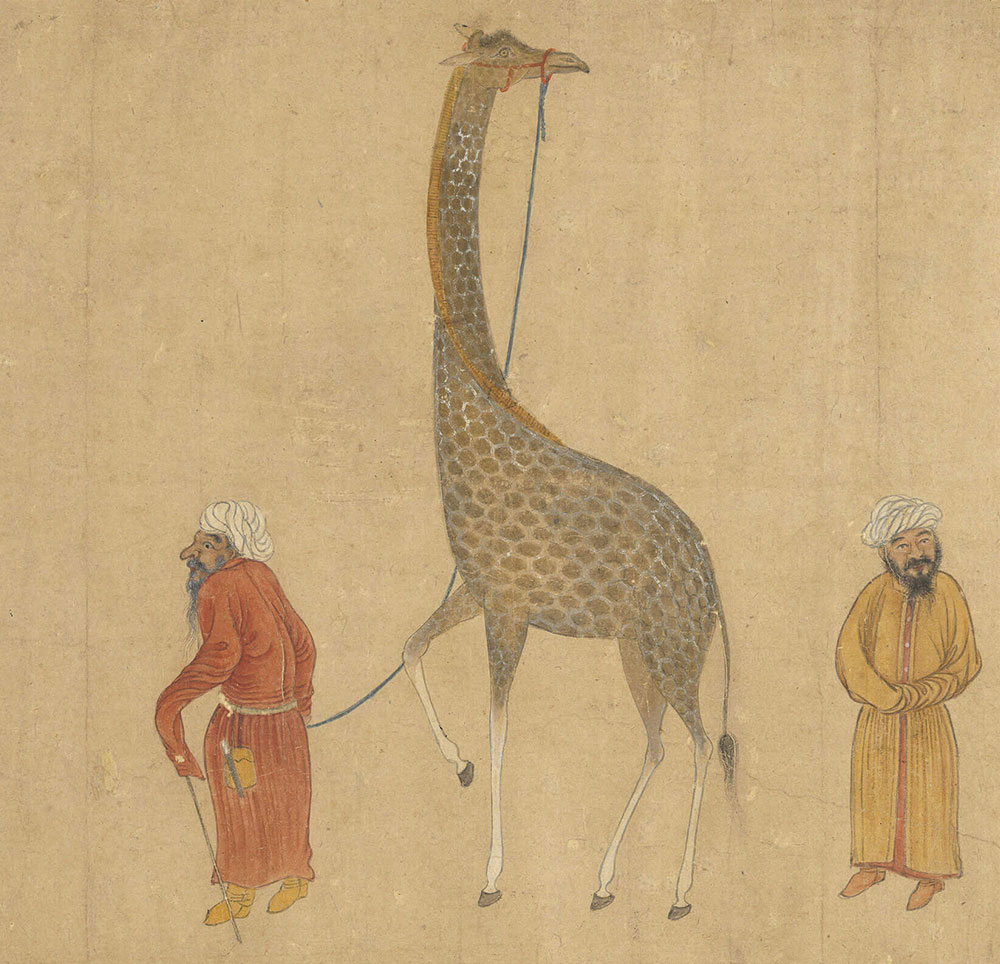Introduction
The paradise on the horizon, known as the Makkah nowadays, is also the origin of Islam. In the 15th century, Zheng He (1371-1433) led the expeditions crossing the Southern seas and the Indian Pacific and reached paradise at the last of his seven voyages. Where had they been? How did the event influence the Royal and the public? This exhibition aims to discover the cultural and artistic value of this grand event. The exhibition is in four chapters. The first " Search of Qilin" explores the background of that time through the journey of Zheng's fleet that visited Bengal and accidentally brought back a giraffe. The second "Trend from the Horizon" aims to investigate the embedded Islamic elements from the vessel type, glaze and decoration on the official ware porcelains. The third "Imperial Expression" focuses on objects exporting back to the Islamic world from China. The final "Everlasting Resonance" demonstrates the Islamic influence continuously resonating in the Imperial palace and local public.
- Auspicious omens
- Ming dynasty (1368-1644)
The ambassador of King Bengal (now Bangladesh region) offered a "qilin" as a tribute to the Emperor at the 12th year of Yongle reign (1414). The presence of "qilin" suggested the prosperous blessing, which encouraged numerous documents to celebrate this moment. Judge by the painting, the "qilin" is surprisingly a giraffe from Eats Africa.




